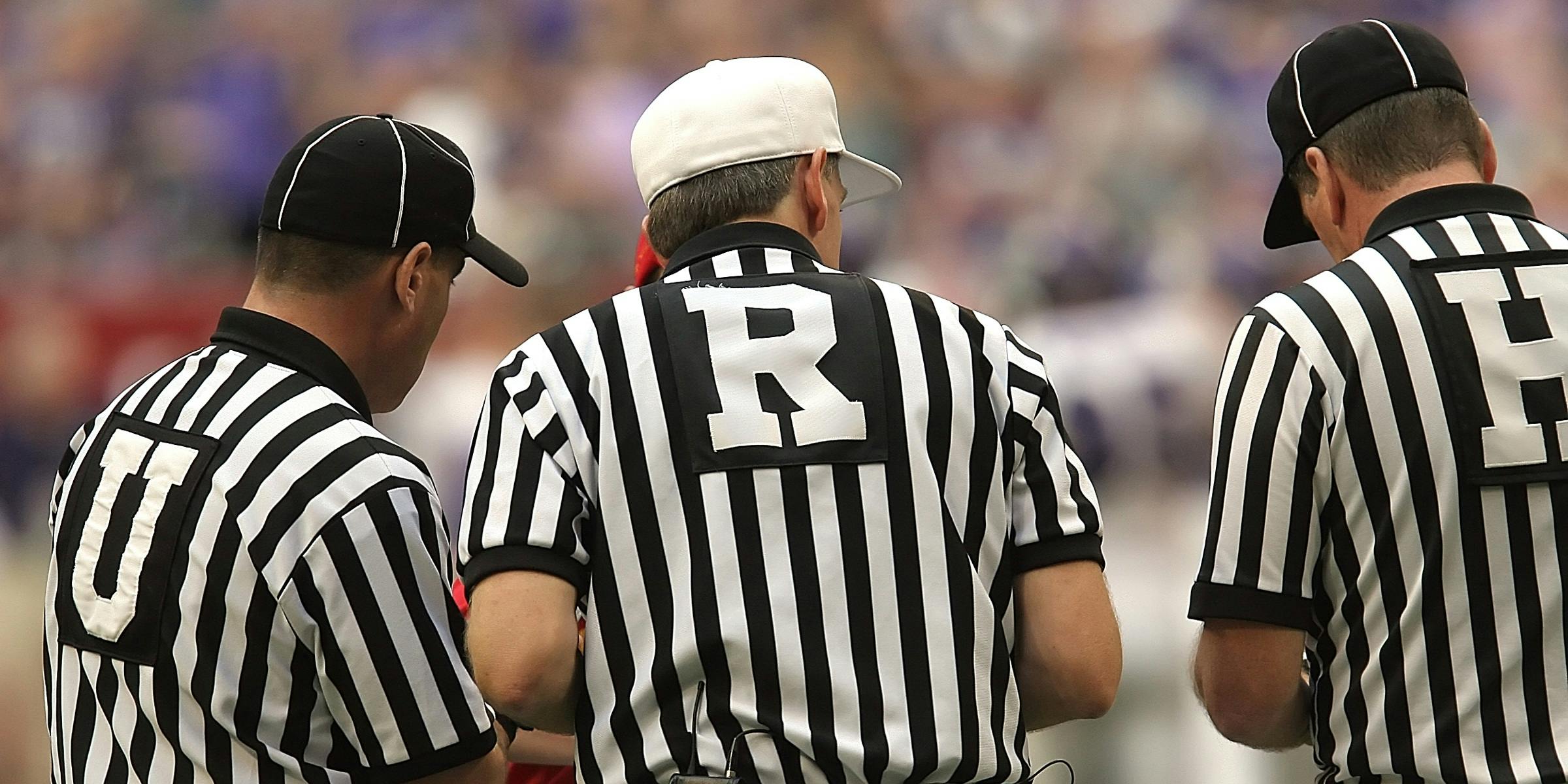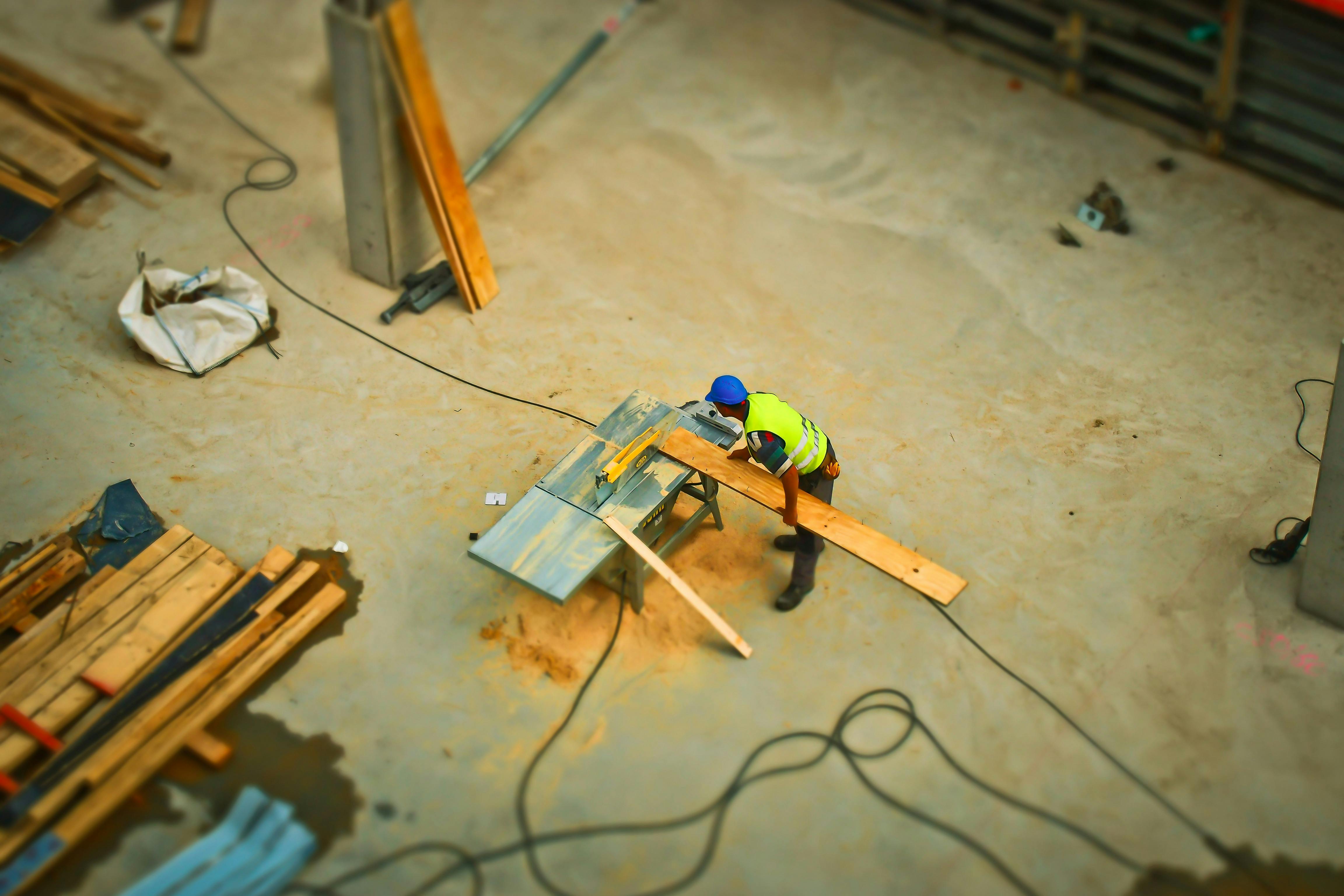


When structuring a business acquisition with SBA financing, seller notes can be an essential part of the capital stack. But not all seller notes are created equal. A “full standby” seller note—where no principal or interest is paid until the SBA loan is fully repaid—plays a special role in SBA 7(a) deals. Under updated SBA guidelines, only full standby notes can count toward the buyer’s required equity injection, and only up to a certain limit. Understanding how full standby notes work, their benefits and the rules that govern them can make or break your deal.
What Is a Full Standby Seller Note?

A seller note is a promissory note issued by the buyer to the seller for a portion of the purchase price. In a full standby arrangement, the seller agrees to forgo any payments (both principal and interest) until the SBA loan is fully satisfied. Interest may accrue during the standby period and is typically paid at the end. The note is subordinate to the SBA loan and is documented through a Standby Creditor’s Agreement that spells out the payment restrictions.
SBA Rules on Full Standby Notes

SBA regulations require that at least 10 percent of the total project cost (purchase price, working capital, due diligence expenses and closing costs) come from an equity injection. To count as equity, a seller note must be on full standby for the life of the SBA loan and may not represent more than half of the required injection—meaning no more than 5 percent of total project costs can come from a standby note. The remainder must be cash from the buyer or investors. Full standby means no payments whatsoever until the SBA loan is paid in full. Partial standby—for example, no payments for two years—is no longer acceptable to count toward the down payment. Additionally, the seller must sign a Standby Creditor’s Agreement acknowledging that they cannot take any action against collateral without lender permission.
Why Use a Full Standby Note?
- Reduce cash up front. By counting toward the equity injection, a standby note lowers the cash you need to bring to closing. This can be helpful if you’re conserving liquidity for working capital or growth initiatives.
- Show seller confidence. A seller willing to defer payment until after the SBA loan is repaid signals trust in the business’s ongoing performance and your ability to run it.
- Improve lender comfort. Lenders prefer standby notes because they prioritize SBA loan repayment. The note doesn’t strain cash flow during the loan term, helping maintain DSCR.
- Potential tax benefits. Sellers may defer recognition of income and spread capital gains taxes over a longer period, though they should consult tax advisors.
Structuring the Note

Negotiating a full standby note requires balancing the seller’s interests with SBA compliance:
- Interest rate: Even though payments are deferred, interest accrues. Rates typically range between 6 percent and 8 percent. Given the long deferment, the seller may negotiate a higher rate to compensate.
- Term: Align the note’s maturity with or beyond the SBA loan term. If the SBA loan is ten years, set the note’s term for at least the same period to avoid a balloon payment before the senior loan is paid off.
- Documentation: Use a formal promissory note and ensure the Standby Creditor’s Agreement clearly states that no payments can be made until the SBA loan is satisfied. Include language about interest accrual, default provisions and remedies.
- Accrued interest: Decide whether interest compounds and when it must be paid. Some notes require a lump‑sum payment at maturity; others roll accrued interest into the principal balance.
Alternatives and Considerations
Not all transactions require a full standby note. If you have sufficient cash or investor equity, you might use a partial standby or amortizing seller note purely as subordinated debt. Keep in mind that any seller note not on full standby counts as debt rather than equity and will affect your DSCR calculations. For deals where the buyer needs only a small note to bridge a valuation gap, a partial standby or amortizing note may suffice—but you’ll need more cash for the equity injection.
Partner With Pioneer Capital Advisory

Full standby notes are powerful tools in SBA acquisitions, but they come with strict rules. At Pioneer Capital Advisory, we help buyers and sellers structure standby agreements that meet SBA requirements and protect both parties. We’ll coordinate with lenders to ensure the note is documented correctly, advise on interest rates and terms and integrate the note into your overall financing plan.
Ready to Structure Your Standby Note?
Understanding full standby seller notes is essential for buyers who want to maximize leverage without jeopardizing SBA approval. If you’re planning an acquisition and need guidance on seller financing, equity injections and standby agreements, contact us. Our team will help you close your deal while keeping your capital stack compliant and cash flow healthy.
New Blog Posts


